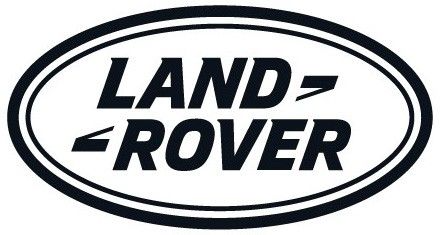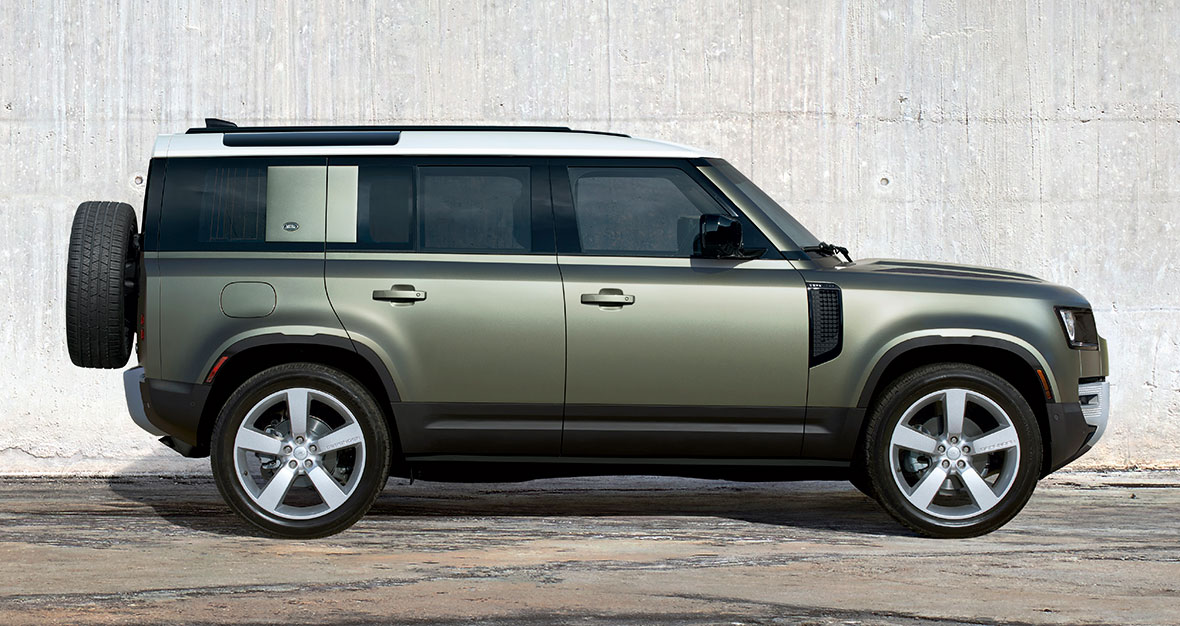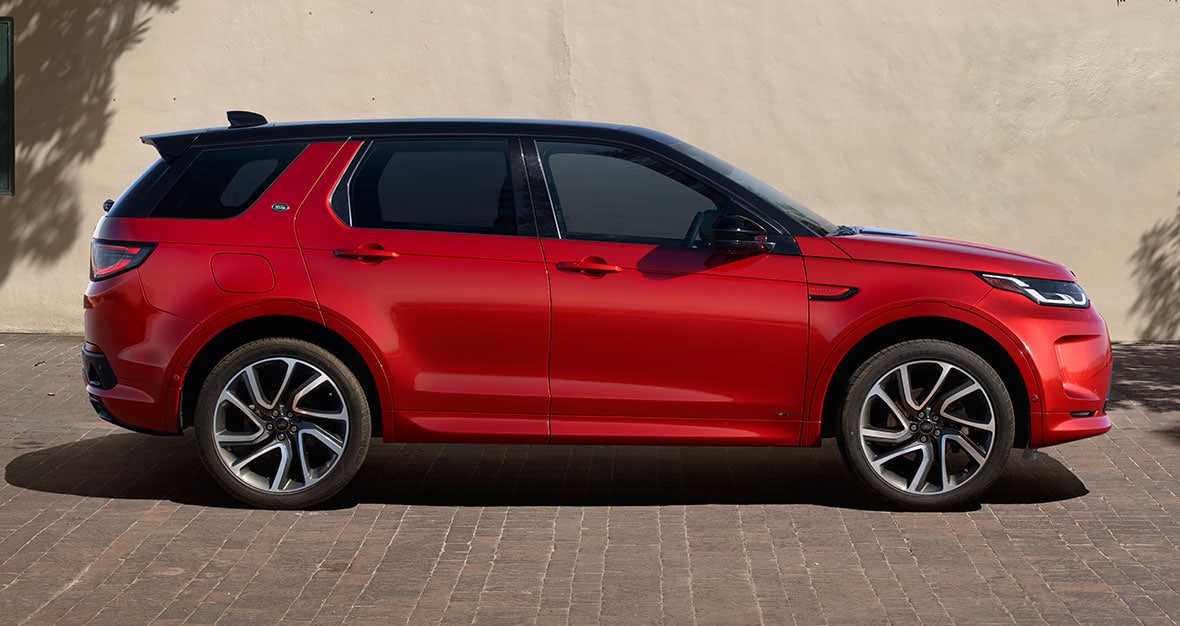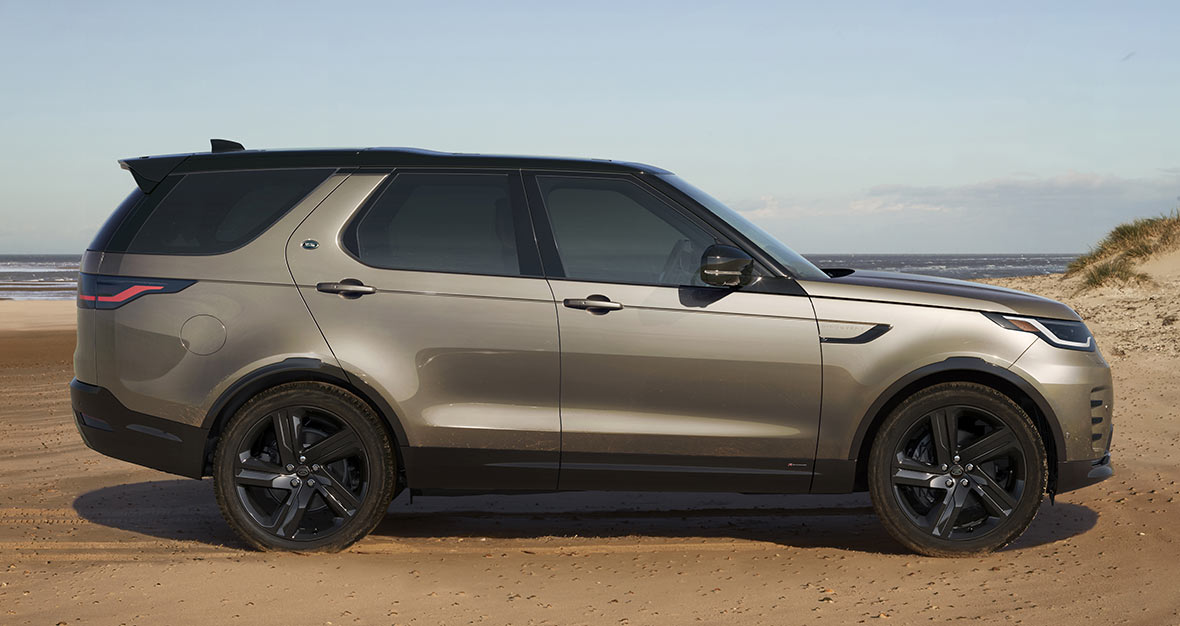How Does Leasing Work
How to Lease a Car in Princeton
Once you’ve weighed your options to either finance or lease a car and have chosen leasing as the best fit for you, it’s time to get the ball rolling! If you’ve got questions about how to lease a car in Princeton, we’ll walk you through the entire process from:
- Starting a Lease: Finding the right car, determining what you can afford, negotiating, and grabbing the keys
- The Duration of the Lease: Maintenance and mileage limits
- Returning Your Lease: Choosing to buy the car, continue the lease, or return it and what you need to bring to the dealership
Starting a Lease
Presumably you’ve already picked a new car that meets your needs. Here’s what you need to do next:
- Budget: Budgeting for leasing is about the same as for financing a car. While you don’t have to worry about a massive down payment, you still have to plan for what you can afford monthly. Our payment calculator can help.
- Determine Your Average Yearly Mileage: As you know, leasing a car comes with mileage restrictions. These can be negotiated higher or lower, but it will impact your monthly payments, and any overages come with penalties. That’s why it’s important to get a ballpark average of how much you drive currently.
- Get the Best Deal: Take a look at our new vehicle specials in order to save some money.
- Negotiate: Once you’ve picked a car, you will be negotiating for the price of the car first, which will then determine your lease payments. Even if you are leasing, you can still trade in a car to reduce your costs.
- Sign and Drive: You’ll want to make sure all the financial disclosures are clear to you like the penalties for excessive damage or going over your mileage restrictions. There will also be closing costs and taxes to cover. Once you’re all set, the car is yours!
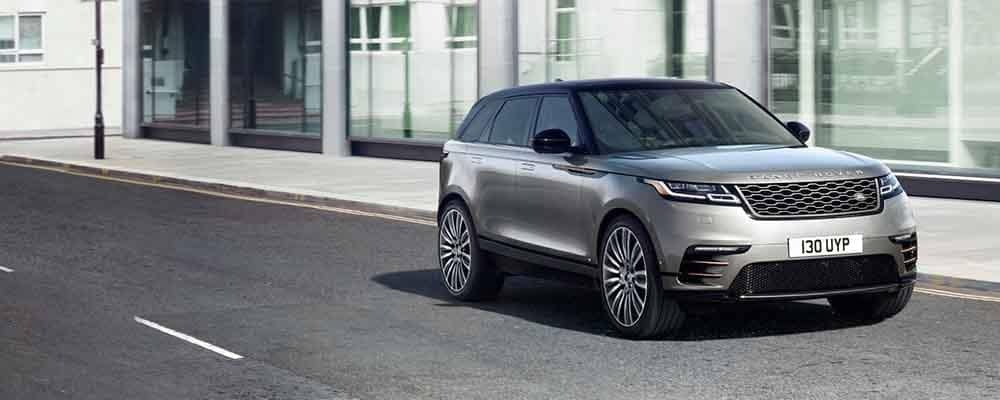
What to Do During Your Lease
For the most part, having a car that you’re leasing is the same as financing a car. There are some exceptions, though, that you should be aware of:
- Mileage Restrictions: Your lease will come with mileage caps. If you go over these during your lease, you will have to pay a penalty.
- Maintenance: You will be responsible for the car’s upkeep and any damage that isn’t repaired by you will still come out of your wallet when you return the car.
- Alterations: Since you’re technically borrowing the car, you will not want to make any major alterations to the car unless you’re somehow able to easily undo them when the lease is over.
- Breaking Your Lease: In most cases, you can break your lease if you need to get out early. For example, say you lived in Chicago and are driving a sedan but you suddenly have to move to Alaska, and an SUV might now be better for you. If you do break your lease, you will likely have to pay a penalty fee that will be outlined in the initial terms and conditions. We recommend doing your best to not break the lease.
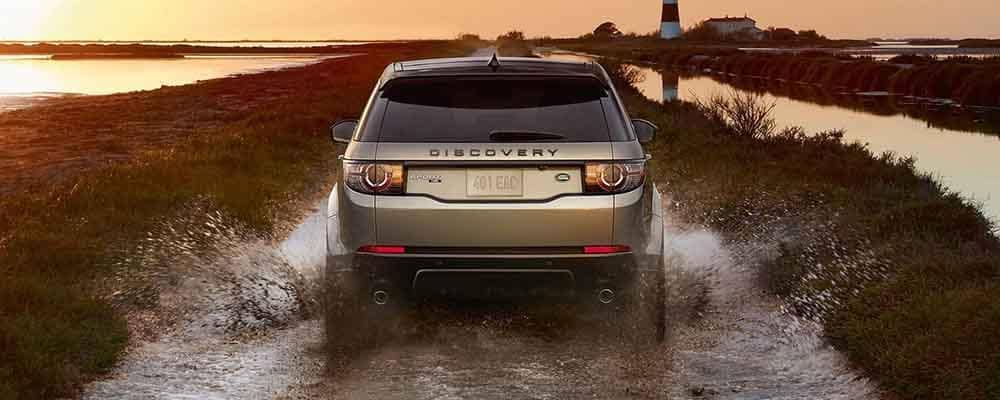
Lease a Car Today at Land Rover Princeton
We hope you’ll choose to lease your next vehicle from Land Rover Princeton. If you still have any questions about leasing from our dealership, please give us a call at 844-339-6524 or stop by the dealership to see your favorite models in person!
